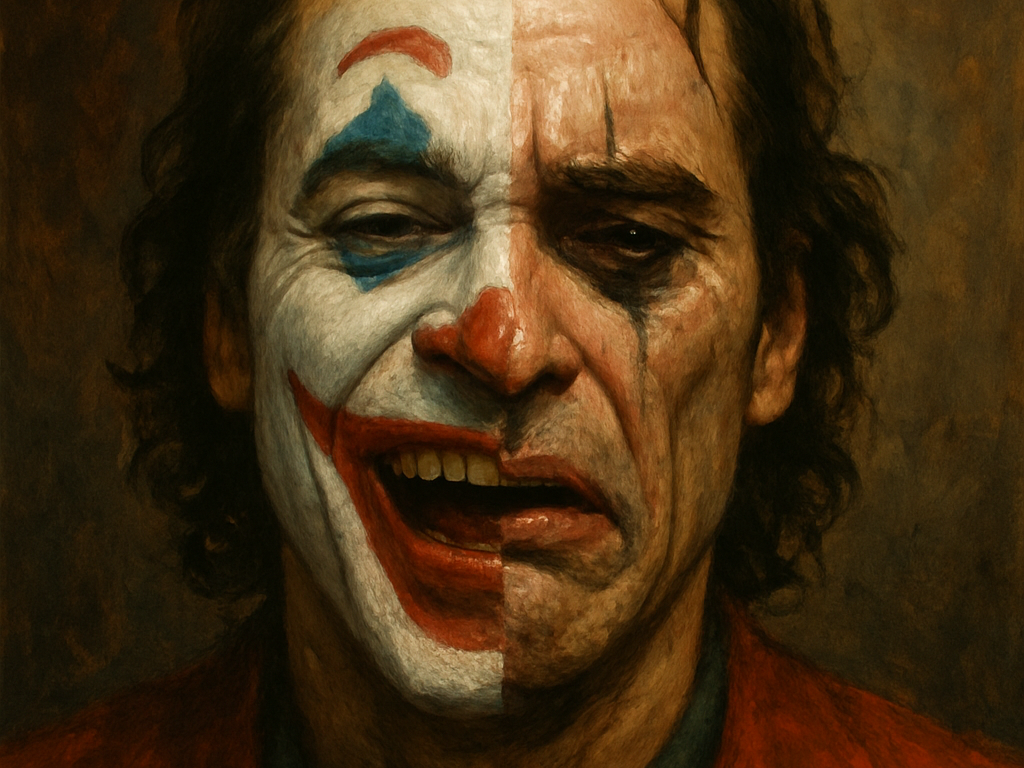
What is the neurological disorder behind Joker’s uncontrollable laughing?
Beyond the complex mix of mental health conditions often associated with the Joker — such as schizophrenia, depression, hallucinations, and narcissism — one of his most distinctive traits (brilliantly portrayed by Joaquin Phoenix in the 2019 film) is his uncontrollable episodes of laughter and crying.
This condition is known as Pseudobulbar Affect (PBA).
People affected by PBA experience sudden, involuntary bursts of laughter or crying that are often completely out of sync with their actual emotions. They might laugh during sad moments or cry during happy ones. This “emotional incontinence” can be deeply misunderstood by society — just as we see in the movie, where Joker is frequently mocked or punished despite carrying a card explaining his neurological condition.
One of the main causes of PBA is traumatic brain injury, though it often appears in association with other brain disorders. In Joker’s case, it’s plausible that his condition stems from severe head trauma during his abusive childhood.
Neurologically, the underlying mechanism of PBA isn’t fully understood, but it appears to involve a loss of voluntary control (disinhibition) over emotional expression. This may result from damage to the cerebellum — a brain region that helps regulate both movement and emotional responses — disrupting the neural circuits that keep our outward reactions aligned with our inner feelings. As a result, the brain’s laughing or crying pathways may activate independently of the person’s actual emotional state.
This involuntary activation seems to be due to altered levels of key neurotransmitters such as serotonin and dopamine (which are found to be lower) and glutamate (which is found to be higher).
More specifically, serotonin and dopamine are among the so-called “happiness hormones,” and their reduction is thought to play a role in depression, anxiety, and other health conditions. Glutamate, on the other hand, is an excitatory neurotransmitter that plays a major role in learning, memory, and mood regulation.
Excessively high levels of glutamate can cause nerve cells to be continuously excited and have been associated with neurodegenerative conditions and other mental health disorders.
Available treatments often target rebalancing these chemical signals.
PBA is often mistaken for depression or bipolar disorder. However, it can be distinguished by the brief, intense nature of emotional episodes, without the prolonged mood changes typical of bipolar disorder or the long duration typical of depression.
It is important, anyway, to be aware that people affected by PBA often live with other neurological or psychiatric conditions. In the movie, Joker seems to experience schizophrenia, hallucinations, narcissism, and depression, among others.
From Joker’s experience in the movie, it becomes clear the importance of raising awareness about a neurological condition like PBA — disorders that, despite medical progress, remain not fully understood and can endanger the lives and dignity of those affected.
References:
- Analysing Joker: An Attempt to Establish Diagnosis for a Film Icon. 2020, Skryabin V.Y.
- Pseudobulbar affect: The spectrum of clinical presentations, etiologies and treatments.2021, Parvizi J., Arciniegas D.B.

